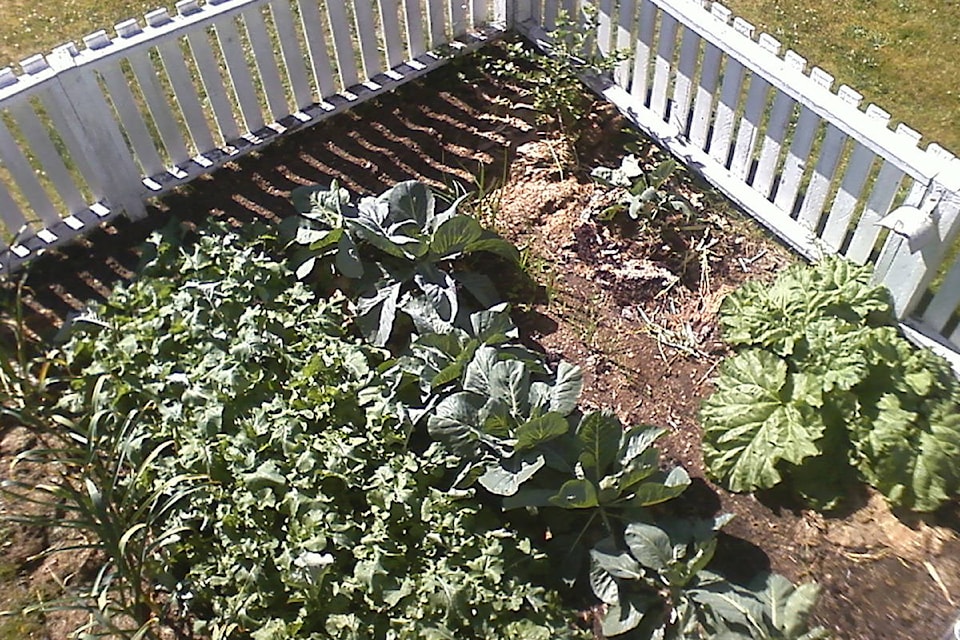If you have a tiny back yard like I do, you may think it hopeless to start a garden. Initially, I planted a wide and random selection of vegetables in my 20x20 foot backyard in Port Alice with meagre results. I later learned that I could have healthier plants and significantly increase my yield by limiting my selection to two or three different kinds of vegetables and using a routine of companion planting and crop rotation.
Companion planting is the practice of planting certain crops together that tend to enhance each others’ growth, whether it is to do with the types of bugs they attract or repel, or even their physical attributes. Crop rotation prevents any one set of bugs from moving over to your place and settling in. It also gives the garden a chance to absorb and/or lose a different set of nutrients from plants. Growing something different in your garden every year is like giving it a rejuvenating rest while it is still being productive.
Not everybody is in 100 per cent agreement about which plants compliment which other plants: however, there are a few combinations that are widely accepted:
You can plant brassicas (broccoli, Brussels sprouts, cabbage, cauliflower, collards, kale, kohlrabi, rutabaga, turnip) together because they all attract the same kinds of bugs—but give your garden a break between brassica plantings. Brassicas are compatible with quite a few other plants like tomatoes, beans, onions and potatoes. Beets and kohlrabi are one of those a “perfect matches” in the vegetable dating world.
Carrots and tomatoes are a classic combination for garden harmony. I will choose among parsnip, cucumber, zucchini, beans or peas to plant with them. Carrots get along with the onion family (leeks, onions, garlic, chives), but peas and beans don’t. Because they are cold hardy, I usually plant the onion family with root vegetables as a winter crop. Onions are well liked by many plants because they repel slugs.
Potatoes get along with bush beans, peas, parsnip, onion, garlic and brassicas… but their lives are meaningless without horseradish! Besides having an oil that helps curb fungal and microbial movement, horseradish has a natural insect repellant that repels potato bugs, potato beetles, aphids, blister beetles and some caterpillars.
I’ve been having a hard time finding horseradish in gardening catalogues, but I have found some roots (that can be planted directly in the ground) in the produce section at Save-On Foods when I was living in Northern B.C. You can probably ask your local grocery store to special order them for you.
You can virtually double your yield from limited square-footage by growing cold hardy companion crops through the winter… which I will deal with more in-depth in a future article.
I have only scratched the surface here. If you would like to learn more about the political world of plants, you can google companion planting charts to develop your own personalized companion planting/crop rotation scheme.
My garden plan includes not only physical space, but space through time. I have made a chart of the different vegetables I plan to grow each year so that, after a few years, I will end up growing all the vegetables I would have grown had I had a larger garden — with the bonus of healthier soil. Although I get a limited variety of vegetables each season, it creates a little “garden excitement” — giving me something new to look forward to eating and canning every year.
Debra Lynn is a writer, artist and educator who lives in Port Alice.
Having grown up on a farm where all her food needs were met from the land, she rarely saw the inside of a grocery store.
She believes that gardening is the key to a sustainable and peaceful future.
